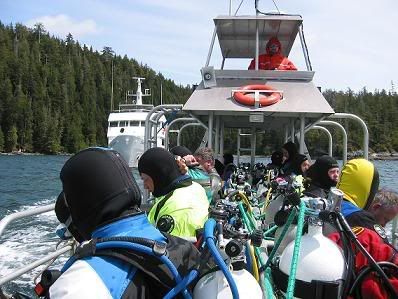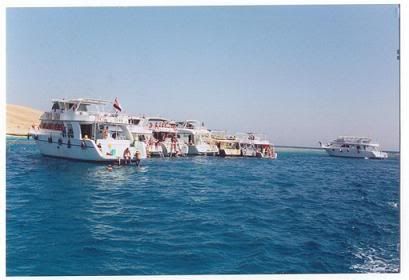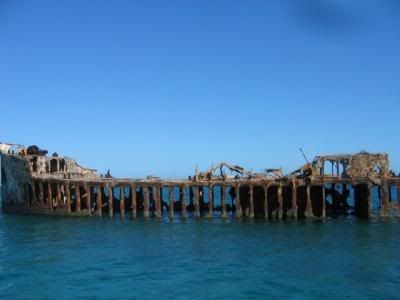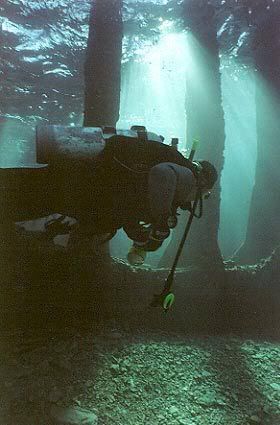PNEUMOTHORAX
If the overpresurized lung tears at it surface,
 the expanding air leaks between the lungs and the pleural lining (chest wall), causing the lung to collapse, either partially or entirely. This collapsed lung is called a pneumothorax.
the expanding air leaks between the lungs and the pleural lining (chest wall), causing the lung to collapse, either partially or entirely. This collapsed lung is called a pneumothorax.This is not nearly as life threatening as an AGE because the victim, in most cases, still has a working lung to breathe from. This collapse lung causes severe chest pain, and may cause the victim to cough up blood.
There is another form of this condition called spontaneous pneumothorax. This occurs with out the expansion of the lungs but through a weakness in the lung itself. This causes a sudden tearing and collapse of the lung.
This condition is uncommon, but can be more serious than the standard pneumothorax. especially if it happens underwater. This type can be aggravated on ascent, when the air pressing on the collapsed lung expands, increasing the pressure of the injured lung.
Since spontanous pneumothorax tends to recur, it inhibits further diving till surgery is performed to correct the problem. Since out a physician who specializes in pulmonary dive medicine. CLICK ON THE PICTURE FOR A BETTER VIEW
MEDIASTINAL EMPHYSEMA
Mediastinal means center of the chest..
 This is sometimes called pneumomediastinum, is far less serious that air gas embolism and pneumothorax
This is sometimes called pneumomediastinum, is far less serious that air gas embolism and pneumothoraxThis condition, air accumulating in the mediastinum presses on the heart and major blood vessels interfering with circulation. A victim may feel faint and short of breath due to impaired circulation. CLICK ON THE PICTURE TO SEE THE AIR BUBBLES IN THE MIDDLE OF THE CHEST.
SUBCUTANEOUS EMPHYSEMA

This occurs frequently with mediastinal emphysema as air seek its way from the mediastinum, and folowing the path of least resistence, into the soft tissues at the base of the neck.
Air accumulates under the skin in this area. This causes the victim to feel a fullness in the neck and to experience a voice change. The skin may crakle if touched. CLICK ON THE PICTURE TO SEE THE AIR RISE TO THE NECK REGION.
FIRST AID
The first aid for both the decompression sickness and lung overexpansion injuries are the same. You can say that the first aid for the Decompression illess injuries are the same. In fact you do not have to determine on site which you are dealing with to start giving aid to the diver.
Give 100% oxygen to the diver
Simply put, breathing 100% O2 accelerates diffusion of nitrogen from the body to slow and reverse bubble growth, and help bubble elimination. Breathing oxygen also raises the blood oxygen levels and maximizes the effectiveness of the blood that does reach the affected areas. Make sure the air ways are clear and treat for CPR if needed. The best first aid is to get them to a medical facility for proper care.
Now to the lung injuries FIRST AID
Three out of the four conditions are not immediately life threatening, the presence of any of these conditions indicates a lung over-expansion injury has occured. The AGE is the most life threatening and therefore when first aid is given, they treat any of these conditions as though they have AGE.
AGE needs immediate compression to diminish the bubbles in the bloodstream and force them into solution. This restores blood flow to the tissues. None of the other conditions require decompression, provided there is no AGE.
Pneumothorax requires surgical removal of the air from between the collapsed lung and the pleural lining, followed by a lung reinflation.
Mediastinum and subcutaneous emphysema will dissipate on their own as the blood slowly reabsorbs the trapped air. Breathing oxygen can speed up the reaborbtion process.
REMEMBER DO NOT HOLD YOUR BREATH WHILE DIVING ON SCUBA.


























